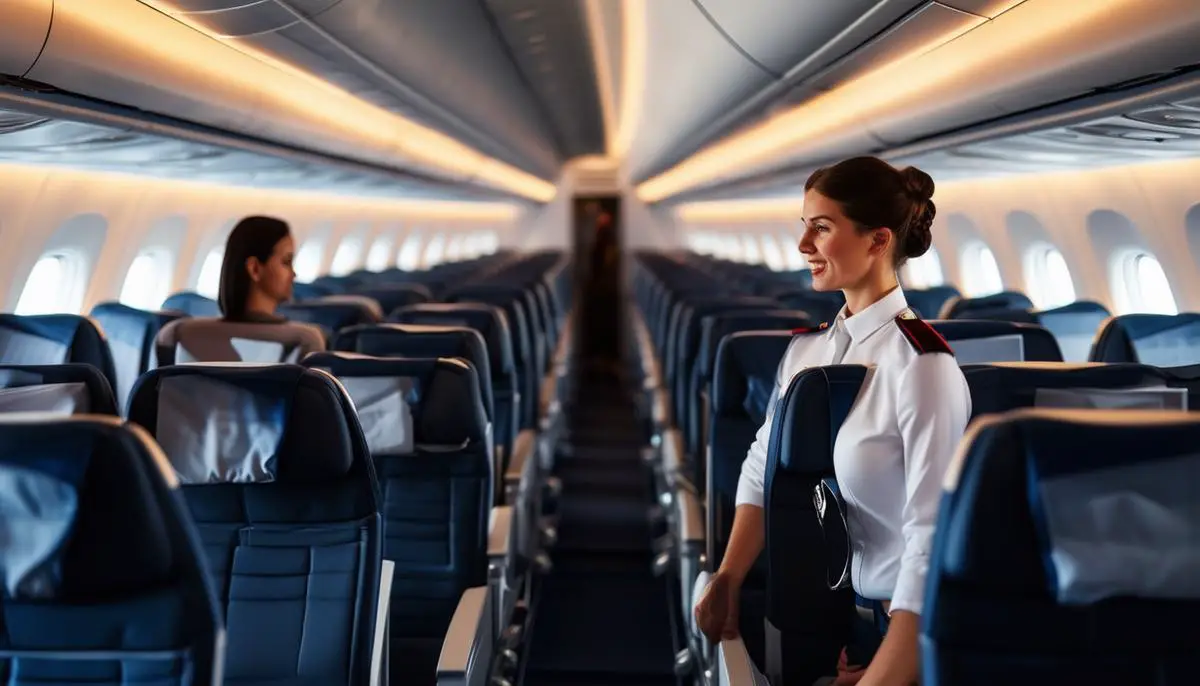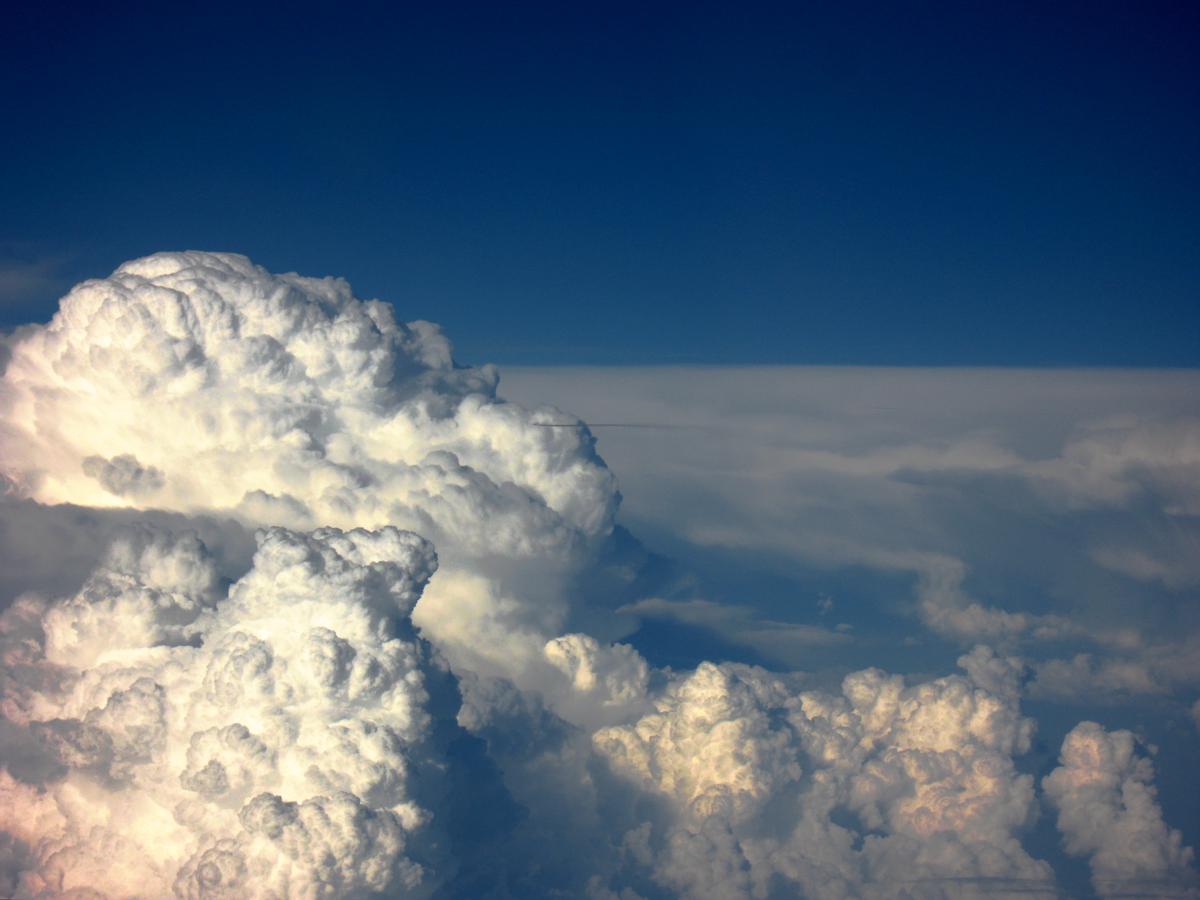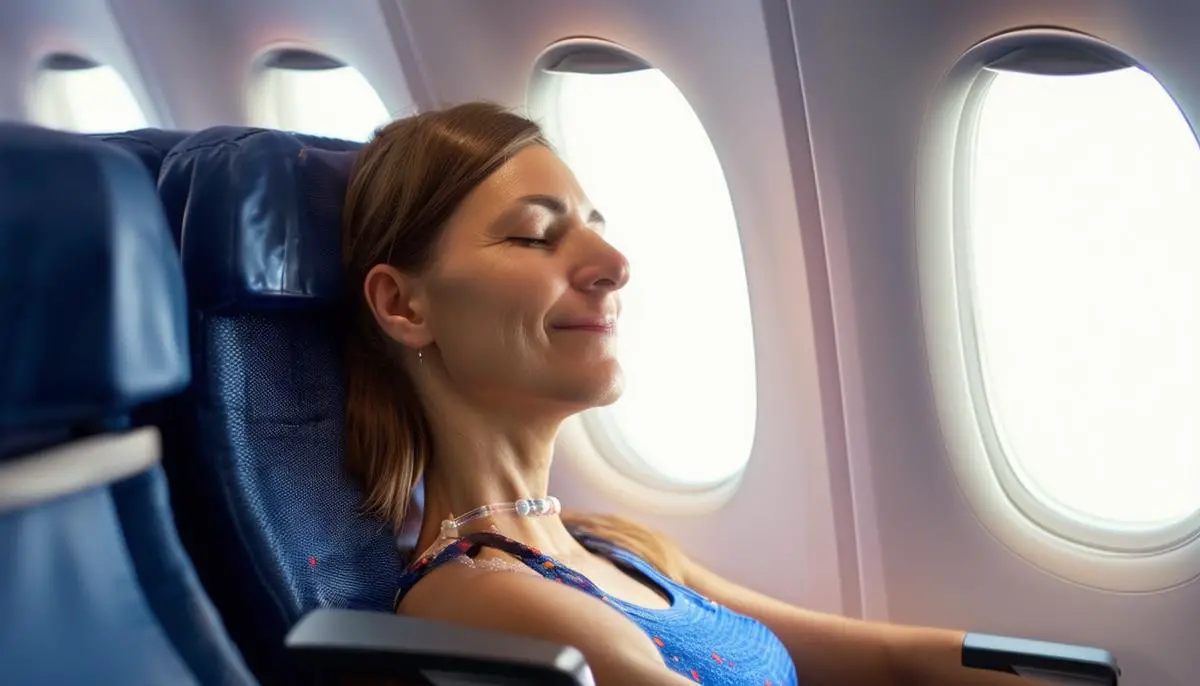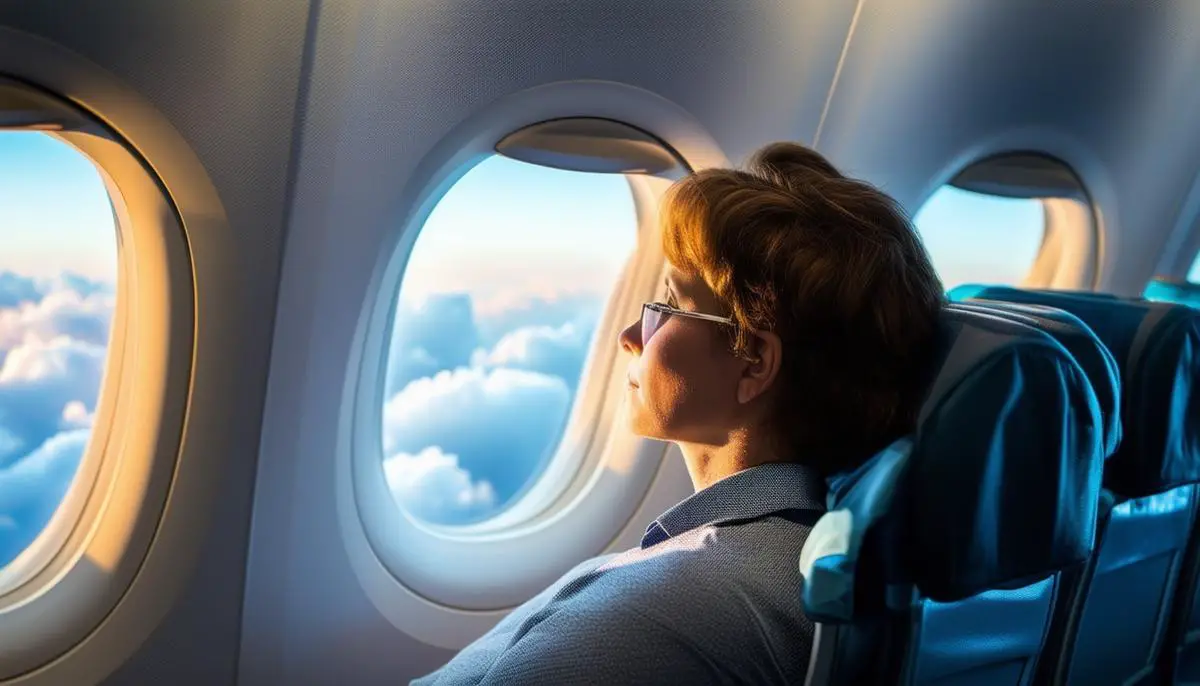Flying can be a blend of excitement and anxiety, especially when turbulence comes into play. The key to a smoother journey lies in making informed choices about your seating, flight timing, and personal comfort measures. By understanding these elements, you can transform your travel experience into one marked by tranquility and ease.
1. Over the Wings
Sitting over the wings offers a smoother flight experience. This area benefits from the plane's center of gravity and lift, reducing mid-air jolts commonly felt elsewhere. Positioned midway, the wings stabilize the aircraft, meaning bumps from turbulence are dampened considerably.
This spot absorbs and distributes the plane's movements more effectively, making for a calmer journey. For those who dread turbulent skies, securing a seat here can alleviate anxiety. While you may miss some picturesque views, the trade-off for a more stable flight is often worthwhile.
Opt for seats in rows nearest the wings for the most stable ride.

2. Front of the Plane
Opting for a seat at the front can provide a more stable experience during turbulence. Positioned farthest from the tail's up-and-down movements, the front of the aircraft tends to remain steadier in turbulent weather. The environment here is also quieter, being further from the engines typically located at the rear.
Booking a seat upfront often means more attentive service and quicker access to amenities. As one is on the frontline for treatment, it's where the flight crew first tends to passengers, ensuring a seamless in-flight experience.
Window Seats
Choosing a window seat can offer more than just a view. It provides a visual reference during turbulent moments, which can help stabilize one's sense of balance and mitigate motion sickness. Leaning gently against the window can also impart a sense of security. The natural daylight streaming through offers a comforting presence, making the overall flight experience more pleasant.
Booking Early Morning Flights
The time of your flight can influence turbulence levels. Early morning flights are generally less likely to encounter severe turbulence. The atmosphere tends to be calmer in the morning, as the sun hasn't yet heated the earth's surface, reducing unstable air masses.
Adding Personal Comfort Measures
- Wear an acupressure bracelet to alleviate nausea
- Avoid heavy or greasy foods before flying
- Use the overhead vent to prevent queasiness

3. Window Seats
Selecting a window seat offers benefits beyond just a view. Although it doesn't mechanically lessen turbulence, looking out at the vast expanse of the skies can help soothe unease often triggered by mid-air movements. Engaging with the external landscape can place turbulent moments into perspective.
For travelers, a window seat can serve as a psychological anchor. The constant visual reference to the outside world aids in stabilizing your inner equilibrium, effectively reducing symptoms of motion sickness. Leaning against the window can provide a comforting sense of stability.
Daylight through the window can enhance your sense of well-being, enveloping your personal space with natural light that boosts your mood and wards off claustrophobia. Whether you're captivated by cloud formations, landscapes below, or the horizon, a window seat can transform your journey into a more immersive experience.
For moments when turbulence becomes particularly noticeable, focusing on the horizon can be reassuring. It acts as a constant, calming presence amidst unpredictable flight dynamics.
Impeccable Planning
Planning extends beyond seat selection and flight timing. Incorporating measures to enhance your comfort can make a difference. Wearing an acupressure bracelet becomes a preventive measure. Your choice of meals, deliberately light and easy on the stomach, reflects an understanding of how nutrition impacts your well-being in the skies.
The overhead vent becomes your ally. By directing a gentle stream of fresh air towards you, it aids in maintaining an optimal environment that combats potential queasiness and keeps you refreshed throughout the flight.
Carrying essential items such as a sleeping mask, noise-canceling headphones, and a curated playlist can transform the in-flight experience. A well-thought-out travel kit ensures that, regardless of the bumps along the way, your journey remains comfortable.

4. Factors Causing Turbulence
Understanding the origins of turbulence can enhance your mental preparedness and transform what might seem like a chaotic experience into something more manageable.
- Jet Streams: High-altitude wind streams, or jet streams, traverse the globe at high speeds. These fast-moving air currents create changes in the atmosphere, resulting in turbulent conditions. Pilots maneuver around these paths, ensuring a smoother flight experience.
- Thermal Turbulence: This turbulence type stems from the Earth's surface heating and cooling, leading to air pressure differences. It's common during sunny afternoons when warm air rises, creating eddies of unstable air.
- Weather Patterns: Weather is a primary contributor to turbulence, particularly when flying through storm systems or near thunderstorms. These climatic factors cause shifts in air pressure, creating turbulence zones. Modern aircraft are equipped with weather radar systems, allowing pilots to detect and avoid these turbulent pockets.
- Wake Turbulence: Trailing vortices created by a plane's wingtips can lead to wake turbulence. This swirling pattern of air is particularly prevalent behind larger aircraft. Pilots maintain adequate spacing between aircraft to mitigate the effects of wake turbulence.
- Mountain Waves: Mountain ranges can disrupt airflow, creating mountain waves. These disturbances occur as air is forced up and over high terrain, producing turbulence that can sometimes be felt miles away from the mountains themselves.
By understanding these turbulence sources, travelers can better appreciate the expertise behind each pilot's navigational choice. This knowledge can help transform potentially stressful moments into opportunities to marvel at the skill involved in modern aviation.1
5. Avoiding Motion Sickness
Taking proactive steps to prevent motion sickness can transform potential discomfort into a more enjoyable journey.
Your choice of seat plays a crucial role in managing motion sickness. As previously discussed, seats over the wings or at the front of the plane offer a more stable experience, reducing the erratic movements that often trigger nausea.
Diet can influence your in-flight comfort. Opt for lighter, bland meals in the 24 hours leading up to your departure. Avoiding heavy, greasy, or spicy foods can prevent the onset of queasiness. Instead, choose easily digestible options such as fruits, vegetables, or simple sandwiches.
Acupressure bracelets can help ward off motion sickness. These accessories apply gentle pressure to specific points on your wrist, known to counteract nausea.2
Screen time should be minimized. Extended use of handheld devices and screens can strain your eyes and exacerbate feelings of motion sickness. Instead, consider engaging in more stable activities, like reading a physical book, listening to an audio book, or meditating.
Opening your overhead vent provides a continual flow of cool air, helping to regulate your body temperature and stave off uncomfortable symptoms of motion sickness. Adjust the vent to direct a gentle breeze towards your face, keeping the air around you fresh.
Incorporating these strategies can help you fly with more confidence and ease. By anticipating potential discomfort and taking proactive measures, you pave the way for a more comfortable journey.

Ultimately, the essence of a serene flight is rooted in thoughtful preparation. Whether it's selecting the right seat or adopting simple comfort strategies, each step contributes to a more enjoyable journey. Embrace these insights to make every mile in the sky as pleasant as possible.
- Sharman RD, Lane TP. Aviation turbulence: dynamics, forecasting, and response to climate change. Pure Appl Geophys. 2016;173(9):3037-3057.
- Alkaissi A, Ledin T, Odkvist LM, Kalman S. P6 acupressure increases tolerance to nauseogenic motion stimulation in women at high risk for PONV. Can J Anaesth. 2005;52(7):703-709.
![]()
